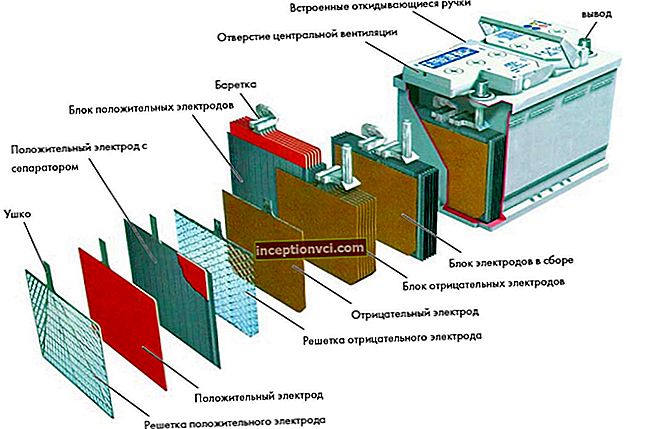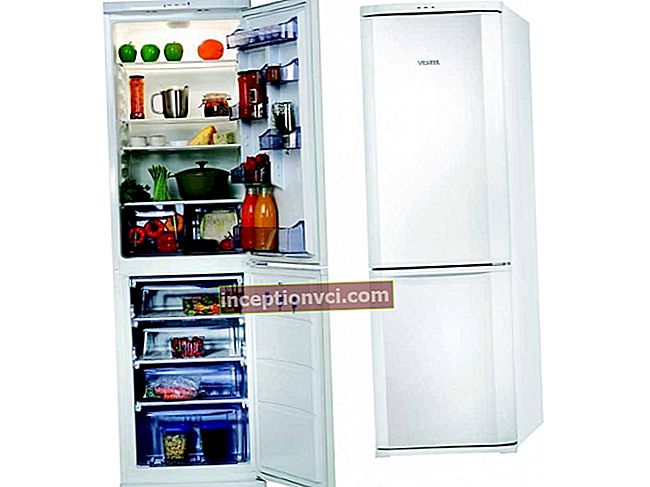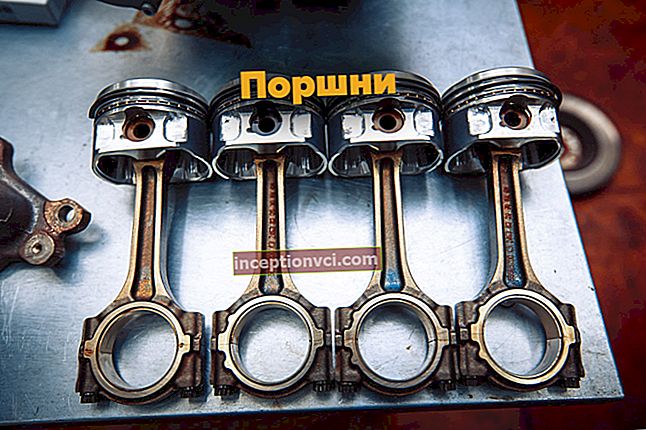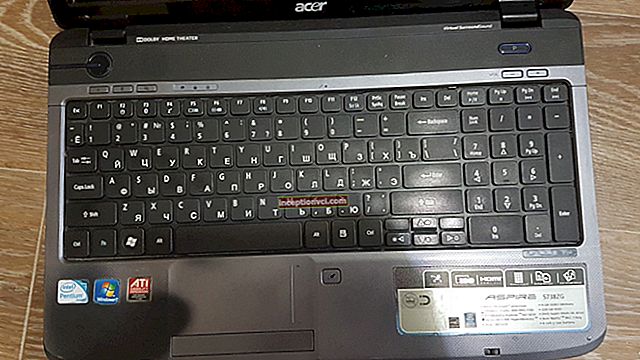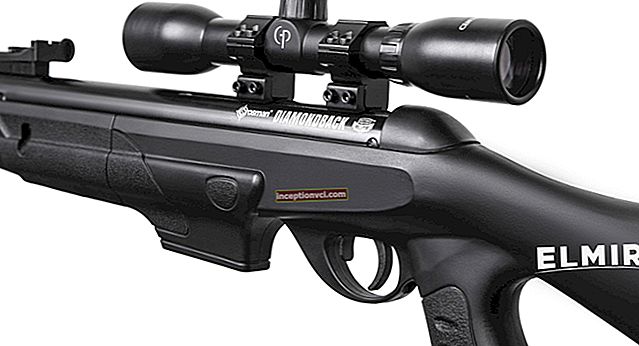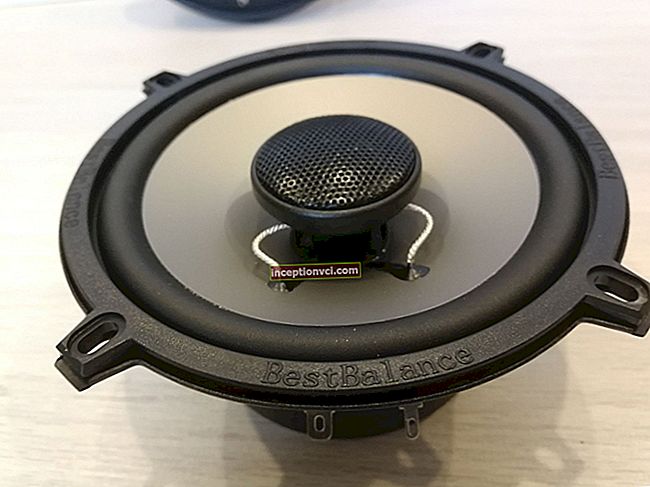The introduction of the new line of R7 / R9 graphics cards from AMD began with the entry to the market of the entry-level and mid-range models Radeon R7 260X, R9 270X and R9 280X. These video cards were built on slightly upgraded GPUs that were used in the 7000 line. Video cards received support for a number of new technologies, and a small performance gain was achieved by increasing the nominal clock frequencies. They did not receive any significant changes in the structure of the graphics core. Thanks to their aggressive pricing policy, they have a good price / performance ratio, which ultimately forced the competitor in the person of Nvidia to significantly reduce the prices of their video cards. But, the main interest of users should be caused by the AMD R9 290X and AMD R9 290 video cards, the announcement of which was planned a little later. In addition to the fact that these are the flagships of the new line, which should compete with the GTX TITAN and GTX 780 graphics cards, they will receive a completely new graphics processor.
AMD R9 290X was the first to appear on the market, and after a while its slightly stripped down version of AMD R9 290. In this review we will consider these two video cards and compare their performance with the main competitors from Nvidia - GTX TITAN and GTX 780.
Hawaii GPU
Let's start our acquaintance with the new GPU with its architecture. The Hawaii GPU is based on the Graphics Core Next architecture, which was also used in Tahiti, but with a number of changes. The main unit of the kernel is still the Compute Unit, which consists of 64 ALUs and 4 texture filtering units. Among the changes here, it is worth noting the appearance of a new instruction - MQSAD and an increase in accuracy in calculating the logarithm and exponent. These changes do not affect performance in gaming applications and will only be of interest to developers.
Major changes have taken place in the kernel architecture. It has a new scalable unit - the Shader Engine. It consists of a geometry processor, 11 Compute Units and 16 ROPs. Thus, the Hawaii GPU has four Shader Engines.
Also, the graphics processor received an increased up to 1 MB L2 cache and an L1-L2 bus with a bandwidth of up to 1 TB / s. Each Shader Engine includes a Geometry Processing Block that allows the GPU to render up to four primitives per clock cycle. The Tahiti GPU could only cook two primitives per cycle. In addition, a number of optimizations made it possible to increase performance in hardware tessellation and execution of geometry-modifying shaders, which should provide an increase in performance in gaming applications.
Non-graphical users will appreciate the increased number of Asynchronous Command Engine (ACE) command dispatchers to 8. They are independent of the graphics pipeline manager and can manage 8 command queues at the same time.
The new GPU called Hawaii consists of 6.02 billion transistors. Its area is 438 mm2. Although it does not outperform Nvidia's GK110 processor in these parameters, it is nevertheless the largest processor from AMD to date. It consists of 2816 stream processors, 176 texture filtering units and 64 ROPs (Tahiti 2048/128/32). In addition to increasing the number of blocks, the new processor received support for a 512-bit video memory bus. The last time the R600 processor, which was used in HD 2900 video cards (2007), had such a width of the video memory bus. Then the video cards did not perform well, and the company refused to use such a bus. In subsequent models, the increase in video memory bandwidth was achieved by increasing the base frequency of the microcircuits, and the bus width was limited to 384 bits.Compared to the HD 7970, the bandwidth of the video memory bus has grown by 20% and this is mainly due to the 512-bit bus, since the nominal video memory frequency is only 5000 MHz. The total number of video memory controllers, compared to Tahiti, has grown from 6 to 8. At the same time, AMD claims that the area occupied by controllers in the new processor has decreased by 20%. The maximum GPU frequency is 1000 MHz.
The AMD R9 290 graphics card received a slightly lighter version of this processor. Compared to the older model, 4 Compute Units (256 stream processors and 16 texture filtering units) are not active in its GPU. The number of ROPs, as well as the memory bus width, remained unchanged. The maximum frequency of the GPU was reduced to 947 MHz, while the nominal frequency of the video memory remained unchanged at 5000 MHz. I will summarize the main technical characteristics of the tested video cards in the table.

PowerTune technology


Both video cards received the updated PowerTune technology, which was previously used in the HD 7790 / R7 260X video cards. This technology adjusts the GPU voltage and operating frequency for maximum performance within the specified TDP limits. The frequency of the GPU changes in 100 MHz steps. As a result, a certain averaged frequency is formed. The minimum frequency can be 300 MHz.
Among the innovations - faster and more accurate voltage regulation on the GPU and the ability to obtain data on the real current consumption and supply voltage. Moreover, the user receives not calculated values, as it was before, but real values from special sensors. The fan control algorithm in the cooling system has been changed. The impeller speed now changes depending on the load on the processor even before its temperature rises. This solution allows you to smoothly change the rotation speed, and, as a consequence, reduce the noise generated during acceleration.
The characteristics of both video cards indicate the maximum frequency of the processor, which it can reach if the limits on power consumption or temperature of the graphics core are not reached. If the temperature cannot be kept below the set limit, at a given fan speed, the frequency of the GPU starts to decrease.
When adjusting the PowerTune settings, the user will have to choose between the above three restrictions, giving priority to one of them.
CrossFire

The AMD R9 290X and AMD R9 290 graphics cards have one new technology that is not found in the rest of the R7 / R9 series graphics cards. Earlier, for building an array of video cards, a special bridge (CrossFire X) was an integral element, which actually "united" video cards by synchronizing frame buffers. Now, when building an array of AMD R9 290X (AMD R9 290) video cards, video cards are synchronized via the PCI-Express bus. According to the company's engineers, this method of synchronizing video cards will not affect the performance of the video subsystem even when using the PCI-Express 2.0 bus.
Other technologies
Both video cards are equipped with all the technologies that were introduced in the younger models. Let's briefly dwell on each of them.
VESA Display ID v1.3 - allows you to configure two virtual "parts" of the matrix of a "tile" monitor with 4K resolution in automatic mode (plug'n'play). Subject to the support of this technology by the monitor manufacturer.

Eyefinity is an updated technology that removes the need to connect a third monitor via DisplayPort.

API DirectX 11.2, Mantle - new video cards received support for DirectX 11.2 instructions and low-level API Mantle. Mantle promises a very significant increase in the performance of the R7 / R9 series video cards in those games where it will be used by developers.
Also, both video cards have a built-in sound processor and support TrueAudio technology. This technology allows you to output sound effects not only through the HDMI interface, but also through any other source.

Design

Running a little ahead, I want to say that the design of the standard models of AMD R9 290X and AMD R9 290 video cards is absolutely the same. For the cooling of standard models, as in previous series solutions, a turbine-type cooling system is used. Outwardly, the new video cards differ from previous solutions in a slightly different casing for the cooling system. A massive radiator is hidden under the casing of the cooling system. At the base of the radiator there is an evaporation chamber made of copper. The radiator with the evaporation chamber is fixed to an aluminum frame, forming a one-piece structure.

The frame serves as a heat sink for memory chips and power elements in the power supply circuit.

The cooling system occupies two expansion slots in height. The cooling system is quite massive, but even when operating in normal mode it cannot be called quiet. When manually setting the maximum turbine speed, the noise from the video card overrides the noise from all other system components. The only advantage of such a cooling system is that most of the hot air is thrown out of the system. Judging by the fact that the official data on the TDP level for the two video cards were not announced, it can be assumed that they are quite significant and are in the region of 300 watts.
Of the video outputs on two video cards, there are two connectors DVI-D, HDMI and DisplayPort.

The overall dimensions of the video cards are 275 x 98 x 39 mm.

Printed circuit board


The layout of printed circuit boards for AMD R9 290X and AMD R9 290 video cards is also absolutely the same. Both video cards have the same number of phases in the power subsystem.
The power supply for the components of the video cards is based on a 7-phase scheme. The power phases are distributed between the components of the video cards as follows: 5 phases power the GPU, 1 phase of the video memory and 1 phase of the PLL. The IR 3567 controller controls the power supply phases. 16 video memory chips are soldered from the front side of the printed circuit board. The video cards use SK Hynix chips marked H5GQ1H24AFR-R0C. There is a microswitch on both boards. But unlike previous series video cards, it does not switch BIOS mode. On the R9 290X video card, it can be used to select one of two modes (Quiet Mode or Uber Mode) of the fan speed in the cooling system. In the younger model, this switch does not affect the fan speed in the cooling system. For additional power supply, both video cards have two connectors: 6-pin and 8-pin.
Power consumption and temperature
As already mentioned, the R9 290X video card has two modes of operation of the cooling system. In Quiet Mode, the fan in the cooling system spins up to 2000 RPM (approximately), which is 40% of the maximum speed. The noise from the video card in this mode is quite low and is comparable to the noise from the GTX Titan and GTX 690. But with a heavy load on the video card, the cooling system is not able to cope with the rise in temperature. After reaching the limit of 95 degrees, the frequency of the GPU begins to decrease, and with it, the overall performance of the video card decreases. When tested in the Metro Last Light gaming app for 10 minutes, the GPU averaged 850 MHz, but dips down to 490 MHz. Consumption of the test system with a video card in Quiet Mode is at 465 W. Similar power consumption for a system with a GeForce GTX 690 graphics card. When you switch to Uber Mode, the fan speed increases to 55% of the maximum speed. The noise level also naturally rises. In this mode, when passing the Metro Last Light test, the processor frequency was 1000 MHz most of the time. A decrease in frequency was also observed, but it was not long, and the frequency did not fall below 770 MHz. The power consumption of the test system was 487 watts. That's a lot. Regardless of the mode of operation of the cooling system, the temperature of the video card was almost always in the range of 90-95 degrees.
The younger model R9 290 has a fan speed of 47% of the maximum speed. Therefore, in operation, it emits a little more noise than the R9 290X (Quiet Mode). But most of the time the GPU runs at 947 MHz. The power consumption of the test system with the R9 290 graphics card was 460 watts.
Overclocking
Overclocking of video cards was carried out after setting the maximum fan speed in the cooling system. The fan speed was 5167 rpm for the R9 290X and 5300 rpm for the R9 290. After setting the maximum fan speed, both video cards were overclocked to 1100 MHz in the GPU and up to 6000 MHz in the video memory. In gaming applications, the minimum frequency of video cards was 997 MHz for the Radeon R9 290X and 1084 MHz for the Radeon R9 290. After overclocking, the temperature of the Radeon R9 290X video card was 72 degrees, and the power consumption of the entire system increased to 510 W. The temperature of the Radeon R9 290 graphics card was slightly lower at 67 degrees. The total power consumption of the test system was 495 W.
Testing
To test video cards, a test system was assembled
Intel Core i7-3930K 3200 MHz L3-12288 Kb DMI s2011 box processor;
Motherboard Asus RAMPAGE IV EXTREME s2011 EATX;
RAM G.SKILL DDR3 4x2048 Mb PC3-12800 1600 MHz;
Corsair 360 GB SSD 2.5 "SATAIII hard drive;
Power supply unit Zalman ZM1250 Platinum 1250W;
Operating system Windows 7 Ultimate X64 Service Pack 1.
In gaming applications, the performance of Radeon R9 290X and Radeon R9 290 video cards was compared with video cards:
AMD Radeon HD 7990 (processor / memory frequency - 1000/6000 MHz, 6 GB);
NVIDIA GeForce GTX 690 (processor / memory frequency - 915/6008 MHz, 4 GB);
NVIDIA GeForce GTX TITAN (processor / memory frequency - 836/6008 MHz, 6 GB);
NVIDIA GeForce GTX 780 (processor / memory frequency - 863/6008 MHz, 3 GB).
In gaming applications, all video cards were tested at 1920 x 1080 pixels and 2560 x 1440 pixels. The test results are indicated for two resolutions separated by a fraction (1920 x 1080/2560 x 1440).

conclusions
The tested video cards have a sufficiently high level of performance, which allows them to compete on an equal footing with the GTX 780 and GTX TITAN video cards. The main disadvantages of the Radeon R9 290X and Radeon R9 290 video cards are high power consumption and noisier cooling systems than those of Nvidia video cards. If you limit the noise level by setting a lower fan speed, then the performance of video cards will also decrease due to overheating. At the time of release, video cards from AMD were significantly less expensive than video cards from Nvidia. This prompted Nvidia to reduce the cost of the GTX 780 graphics card and prepare for the release of another more powerful model - the GTX 780 Ti. So the struggle in the segment of high-performance video cards is gaining new momentum.
